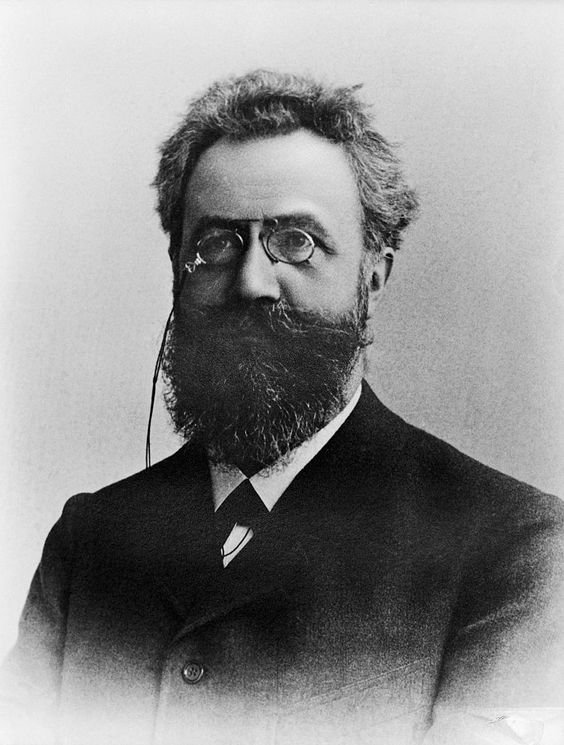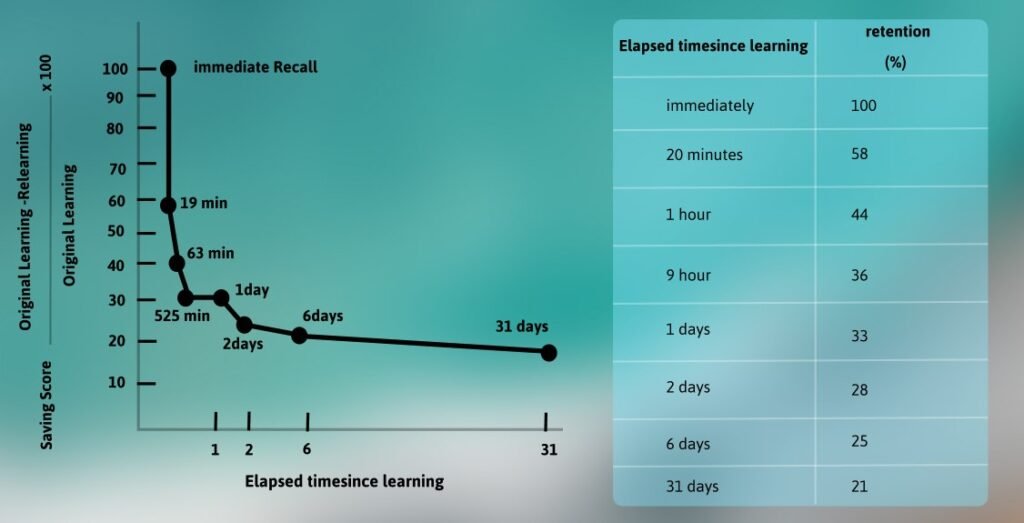A young man asked, “Why do I forget things quickly after studying? Can I store information permanently in my memory? How?”
I explained: “Our brains can indeed retain information long-term. Forgetting happens because we don’t review or use the information enough. To remember things better and longer, use techniques like spaced repetition, active recall, and mnemonic devices. These methods help reinforce and embed knowledge in your memory, much like planting a tree that grows strong with regular care.”
Memory Mind Mapping is a learning method where you draw a diagram of a subject, memorize the abstract, and recall it when needed. Tony Buzan, a renowned figure in the world of memory, discovered and implemented this method in the 1960s. Known as the ‘Father of Memory Mind Mapping,’ he popularized this effective learning technique.

In the 19th century, German psychoanalyst Hermann Ebbinghaus conducted a pioneering study on memory. He sought to understand how quickly people forget information after learning it and whether it’s possible to retain knowledge indefinitely. To explore this, Ebbinghaus memorized 5,200 meaningless words and tracked how often and when they were forgotten. His findings were groundbreaking and are still relevant today.
Ebingas discovered that without reinforcement, memory retention declines rapidly. Specifically, he found that people forget about 20% of new information within five minutes, 50% within a day, 70% within a month, and 80% within three months. This pattern is depicted in what is now known as the “forgetting curve.”

Whatever it is, we must take it, learn it and keep it in our permanent memory. Within an hour of setting out, learning, and memorizing something using a mnemonic, the first time you must revise it.
What you read for an hour should be reviewed in ten minutes. On the day of looking at the book of preparation. Revision should be done with the mind’s eye. This requires taking a long time, clearly, step by step, each idea, deep in the mind. This revision is the first revision done within an hour of learning.

Next, if one day at eight o’clock in the morning we have learned and memorized a subject, then the next day before eight o’clock in the morning, we should repeat it in our mind for the second time. Within a day, within 24 hours of learning it, this revision we do is the second revision. This revision should also be comprehensive and rapid. After that, two days later, i.e. on the third day of learning a lesson, once again there should be a mental discussion. This is the formal third revision. It doesn’t take much time. Because we have already revised that lesson twice systematically.
The fourth revision should take place within a week. That is, a lesson learned last Wednesday should be revised or revisited for the fourth time this Wednesday. This is a formal four revision. The more the number of revisions, the less time we take foSubsequently, two weeks later, the same lesson should be revisited once again for the fifth time. This is the formal fifth revision.
Next, after a month, for the sixth time, the same lesson should be revisited once again. This is the formal sixth revision.Then, after three months, the same lesson should be revisited once again for the seventh time. It is the formal seventh revision.
Next, after six months, you should re-examine your mind’s eye for the eighth time. This is the formal eighth revision.
Ebingas concludes his study by saying that if we revise a lesson eight times within a specified or defined period of time, we will have the lesson permanently memorized.
In this way, when we read or write a subject in our mind eight or nine times continuously within a defined or specified period of time, the lesson will be imprinted in our mind like a green tree. The lesson never forgets once it is imprinted
What is considered to be the most important aspect of this is to revise the lessons at specific time intervals!
Thus, when a subject is systematically memorized, it is repeatedly recorded in our brain. When this is revised over and over again, it becomes deeply imprinted in our mind. Each time we revise, the possibility of forgetting is reduced and brought back into our full consciousness.
So that lesson will remain 100% green in our memory for a long time. Any lesson that remains fresh in our mind for a long time is deeply recorded in our mind, strengthened as a permanent memory, and remains in our mind without forgetting.

– If it is not reviewed only 20% of new or unfamiliar information is remembered the next day.
But does it take more than eight or nine revisions? How to remember a lesson at a certain time interval, to revisit this lesson today? Questions may arise.
In fact, it doesn’t take much time to revise a lesson. And if you revisit a lesson more than four times in a week, It won’t take much time. It is much easier to review a subject over and over again at regular intervals than to study it new each time for a repeated test. You can revise them in no time. In fact, it can be a blissful experience.

Similarly, Ebingas’s suggestion for how to establish proper diversion is to teach proper diversion from childhood. To help with that, he has introduced us and our students to writing a study diary.
In that diary, we should mark the day on which we want to return the subject and review the subject on the respective specified days. A study diary is very helpful.
This routine or habit also teaches students time management. Study diaries are being introduced in English schools in western countries and in our country. Learning the art of developing this systematic, permanent memory, and learning to use it regularly, is a pleasure to learn. Studying is very easy. It is a blissful experience.
Interested to buy a physical copy click on Read the full book and fill the information our team will reach you.